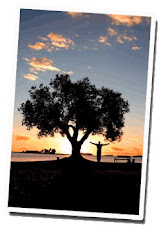Chaffinch
(Fringilla coelebs)
(Fringilla coelebs)

The Chaffinch is undoubtedly one of the most widespread and familiar birds, occupying most woodland, parkland, farmland and urban habitats across Britain & Ireland. It is this use of many habitats, coupled with its varied diet, that has made the Chaffinch such a successful species.
Description:
The plumage of the Chaffinch is unmistakable and this species is extremely unlikely to be confused with any other species, except possibly Brambling. During winter, the male Chaffinch has a red-buff head and nape, a buff-chestnut back, olive-green rump and pink-red cheeks, throat and chest. The belly is a creamy-white. Towards the end of the winter, the tips of the feather become worn away, revealing the stronger tones of the breeding plumage lurking below. As a result of this abrasion the slate-blue crown and nape become exposed, as does the chestnut back. In flight, the two white wing bars can be seen.
Female Chaffinches and immatures are less strikingly coloured, with an overall drab brown-grey-green appearance to the back and head and a buff off-white belly and chest. Again the two white wings bars can be seen in flight. Chaffinches are about the size of a House Sparrow but have a thinner more elongated shape, with a longer tail. There are a number of calls made either in flight or when perched, notably a strong, clear ‘pink’, but it is the song that is most characteristic and no doubt familiar to Garden BirdWatchers across Britain. The song is loud and bright in presentation, characteristic (though with regional dialects) and repeated often from a prominent perch.
"The bird-watcher's life is an endless succession of surprises."
W.H. Hudson -- The Book of a Naturalist.







No comments:
Post a Comment